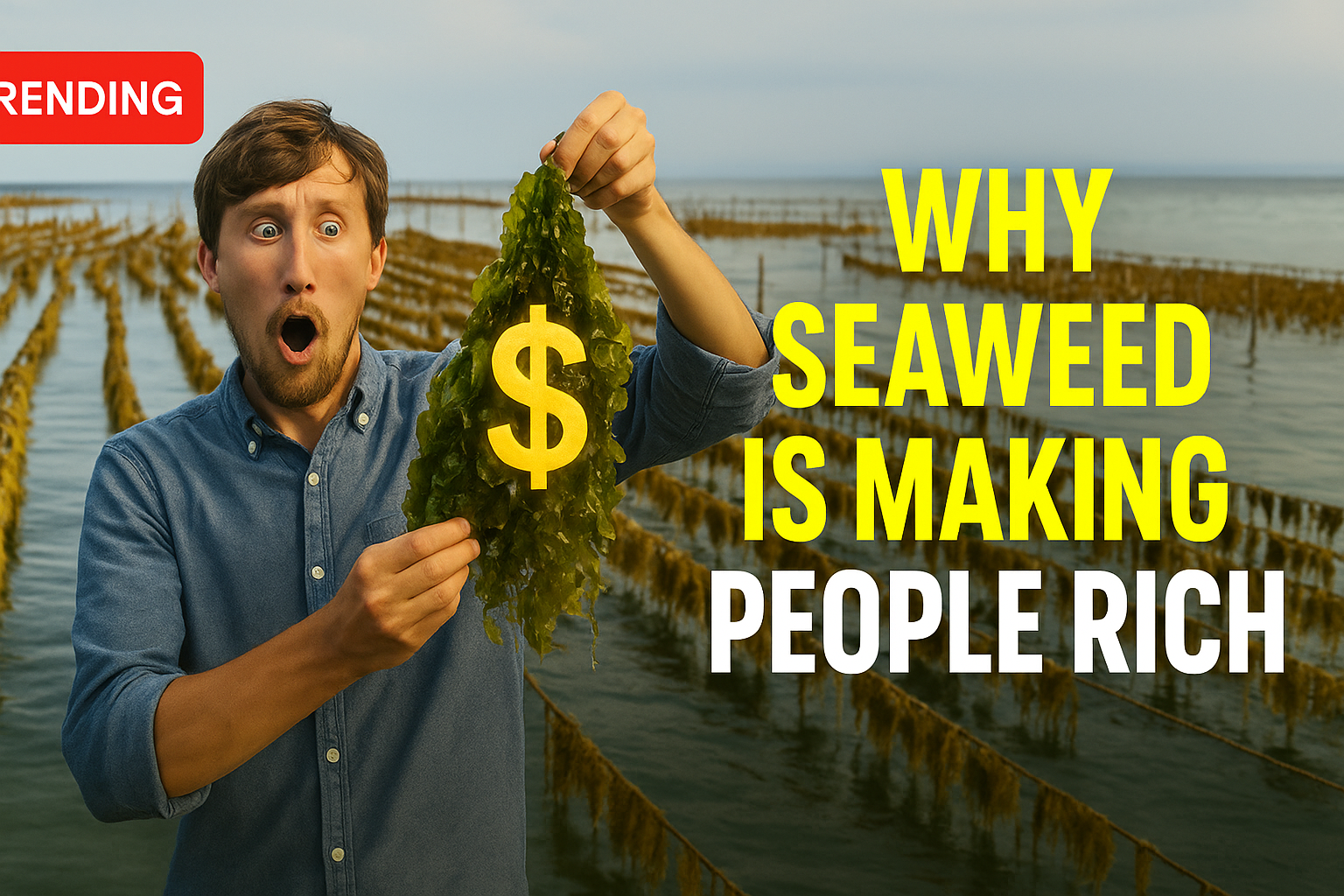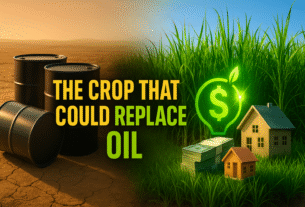While most people are still focused on stocks, real estate, or crypto, a quiet movement is gaining traction among high-level investors:
Seaweed farming.
It might sound strange at first — but seaweed is quickly becoming one of the most valuable natural assets in the modern economy.
In this article, we’ll break down why billionaires and early-stage investors are betting on seaweed… and why this silent green wave might be your chance to get ahead.
🌿 What Are Seaweed Farms?
Seaweed farms (also known as marine aquaculture) are ocean-based or coastal facilities where species like spirulina, chlorella, and kelp are cultivated on a large scale.
These algae are used in:
- Natural cosmetics
- Functional food and supplements
- Sustainable biofuels
- Organic fertilizers
- Bioplastics and alternative textiles
💬 My take:
Seaweed is a small plant with massive value — scalable, eco-friendly, and highly versatile across industries.
📈 Why the Market Is Exploding
The global seaweed market is already worth over $15 billion per year — and it’s expected to surpass $30 billion by 2030 (Fortune Business Insights).
Why the boom?
- Rising demand for plant-based proteins (both food and animal feed)
- Need for plastic alternatives and renewable packaging
- Increased use of natural ingredients in health and beauty
- Environmental solutions like carbon capture and ocean restoration
🧠 What Smart Investors Already Know
The average investor ignores seaweed. But smart investors? They’re already in — and here’s why:
- Seaweed is multifunctional → One crop serves many industries
- It’s scalable → Easily expanded to meet global demand
- It’s good for the planet → Cleans the ocean and captures CO₂
- The market is still underrated → First-movers have a huge advantage
🌍 Countries like South Korea, Norway, and Japan are already supporting seaweed expansion through national innovation programs.
💸 How You Can Invest in Seaweed
You don’t need to own a farm. Here’s how to get exposure:
- Stocks of companies in seaweed, bioplastics, or sustainable food
- ETFs focused on green innovation and ocean conservation
- Startups using seaweed for biofuel, packaging, or skincare
- Carbon credit projects involving marine reforestation
💬 Pro tip:
Look for companies working with spirulina, chlorella, or kelp-based technologies. These could be future green unicorns.
🔍 Why This Topic Could Go Viral
- It’s unexpected and unique
- It connects nature, tech, and high ROI
- It appeals to eco-conscious and early-bird investors
- It sounds crazy — but it’s 100% real (and growing fast)
✅ Final Thoughts
Seaweed might not be in the spotlight yet. But it’s quietly turning into a multi-billion-dollar asset — and those who see it early will benefit the most.
💬 My final take:
Want to surf the next natural investment wave?
Look beneath the surface.
Literally.




